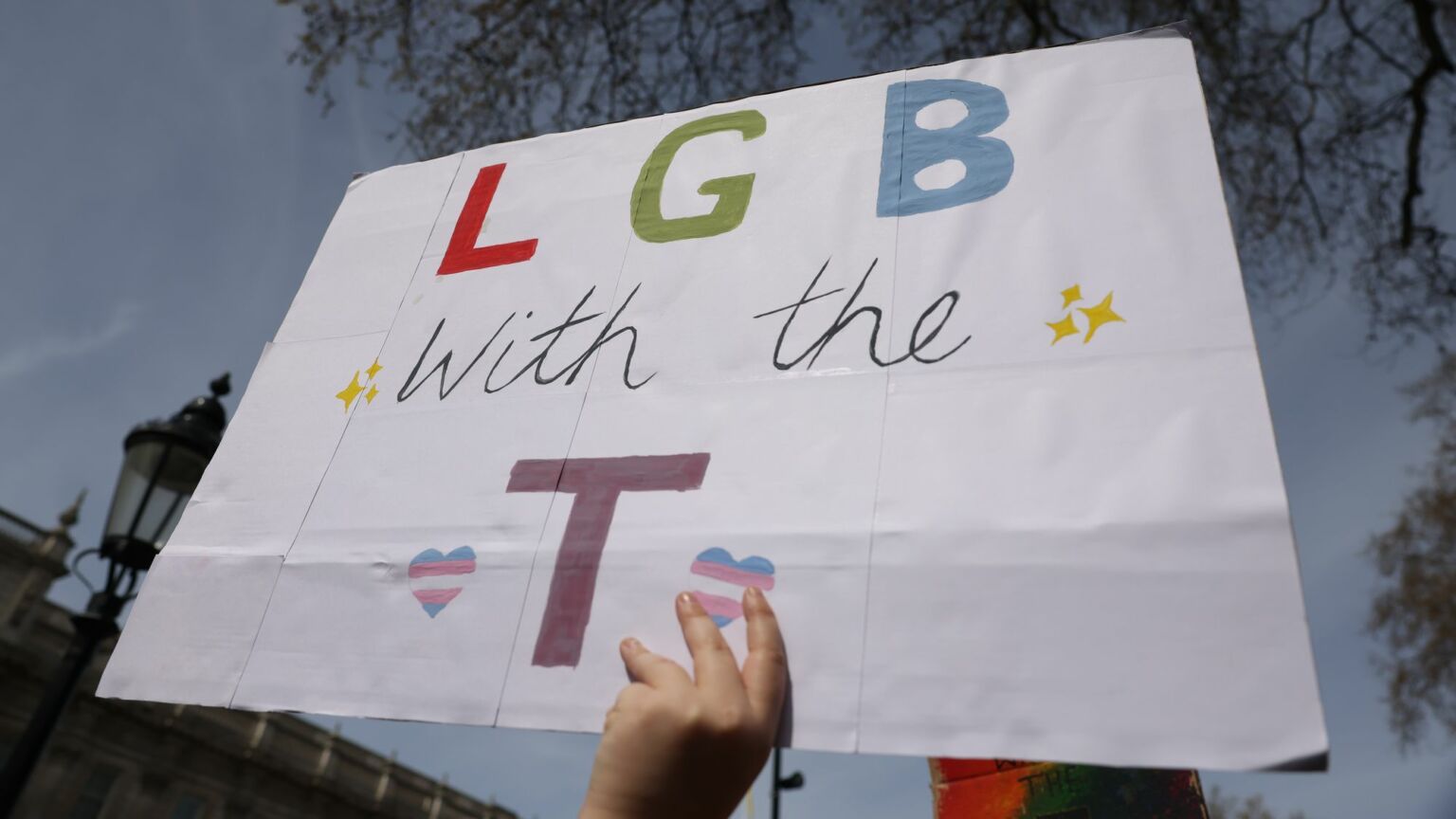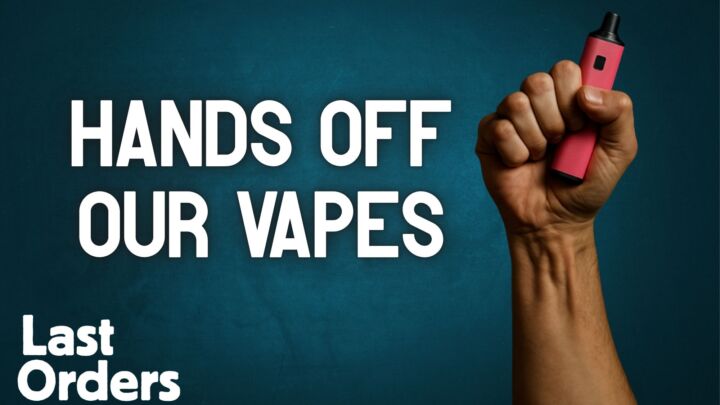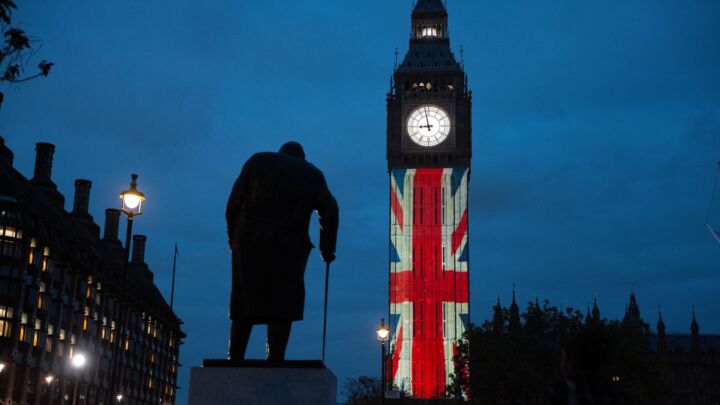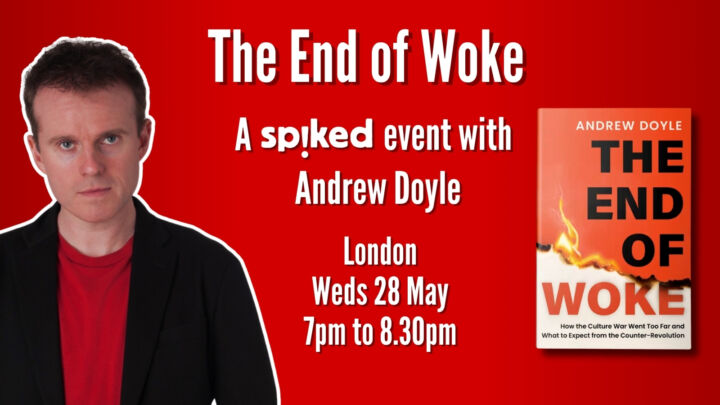How trans ideology hijacked the gay-rights movement
The ‘LGBTQIA+’ lobby has nothing in common with the liberation struggles of old.

Want to read spiked ad-free? Become a spiked supporter.
So many veteran homosexual-rights campaigners, and gay men and lesbians in their 50s and 60s, are fed up with the so-called LGBTQIA+ movement. Some are starting to see it as a hostile takeover of a homosexual-rights movement by straight people. Worse still, many now think of it as among the most regressive social movements of the past century. The reason lies in the growth of that acronym, with the forced teaming-up of diverse groups which have divergent and even opposing interests.
Forty years ago, there was no acronym. There was a ‘gay community’, which implicitly covered both male and female homosexuals. Except lesbians rightly demanded some visibility, so that changed in the early 1980s to ‘lesbian and gay’. Then it became ‘lesbian, gay and bisexual’ (LGB) in the middle of that decade when we discovered bisexuals, too. And there we remained as LGB, happily (and exclusively) same-sex attracted. That is, until the ‘T’ for trans came along around 15 years later.
In the 1980s and 90s, there was no ‘trans’ or ‘transgender’ community. There were two very different groups, transvestites and transsexuals. The only thing they had in common was a need to be able to discreetly source ladies’ clothes in mens’ sizes. Transvestites were overwhelmingly male and heterosexual, and liked to wear women’s clothes occasionally. They did not believe themselves to be women, nor did they want to physically transition. These transvestites outnumbered by 10 or 20 to one the far smaller group of transsexuals. Transsexuals at the time were mostly male, mostly homosexual and suffered gender dysphoria so severe that they willingly underwent the pain and risks of ‘sex change’ surgery. (There were only vanishingly small numbers of biological women identifying as either transvestites or transsexuals at that time.)
The public knew little about transvestites apart from the occasional problem page letter (‘Dear Deirdre, my husband has started wearing my best frock’), or from anonymous newspaper articles, where they always seemed unusually keen to emphasise that wearing women’s clothes did not mean they were homosexual. The public was generally more sympathetic to transsexuals than to both transvestites and homosexuals at that time.
But at some point in the late 1990s, the transvestites and transsexuals merged into a new group: ‘transgender’ people. The public mostly thinks that transgender people are the same as the old ‘transsexuals’ – ie, gender dysphorics who have either already ‘changed sex’ or at least intend to. But more than 95 per cent of transgender people do not ‘change sex’. Most transwomen are biological males who still have full adult male genitalia and have no wish to change that. Many are still sexually attracted to biological females like the straight men they are and always were. This is how we arrived at ‘LGBT’. This is how a collective identity for homosexuals came to include lots of straight men who wanted to be seen as anything but straight men.
Then, it was only a short wait before the Q was added. Q for queer. The n-word for homosexuals. Perhaps ‘trolling the homos’ wasn’t the reason the Q was added to LGBT, but it felt like it to some of us. Certainly, LGBTQ now included even more straights who didn’t want to be seen as straight – because that’s just too… dull? In any case, yet another bunch of straights had muscled into our acronym, literally queered our pitch, without bothering to ask the boring, old-fashioned LGB whether it wanted to be forceably teamed-up with yet more non-homosexuals. Most LGB people just kept their mouths shut. Others, afraid of being left behind, started calling themselves ‘nonbinary’. No one seemed to understand what it meant, apart perhaps from having a pink fringe and big glasses.
Then came ‘I’ for ‘intersex’. Neither a sex, nor a gender, but a medical condition this time.
Then it was ‘A’. For ‘asexual’. Boy George famously once said he would prefer ‘a nice cup of tea and a sitdown’ to sex. Fair play! But that hardly warrants the launch of a human-rights campaign.
And so we arrived at LGBTQIA, which was then itself immediately overtaken by LGBTQIA+, with the plus sign signalling that there would be no limits to the expansion. If that’s a bit confusing, just remember, the LGB is the homosexual bit, the TQIA+ is the straight bit.
First our acronym was hijacked, and then our flag. In 2018, our beautiful, simple rainbow flag was binned and replaced with the ugly ‘Progress Pride Flag’, with added triangles signifying trans and nonbinary people, plus people of colour. Apparently a rainbow, the very definition of inclusion, is not inclusive enough for our queer new world.
Next up for a takeover was the jewel in our community’s crown, Stonewall. What was once a model lobby group has been hijacked and turned into, effectively, a consultancy firm for companies looking to put a tick in a ‘corporate social responsibility’ box. We should have seen this corporatisation coming years ago, when ‘Lesbian and Gay Pride’ was first de-gayed to just ‘Pride’.
But what can be done about all this? Is it time for a divorce? Well, according to the gaslighting narcissists of the TQIA+, we LGB people are nothing without them, and they’ll never let us leave them. Meanwhile, all those lovely progressive ‘allies’ keep telling us to ‘give the relationship a chance – you were meant to be together!’.
Unsurprisingly, some lesbians have come to the conclusion that they just need to ‘Get the L out’ of the LGBTQIA+ and organise separately as lesbians. Good luck with that. Every lesbian group and dating app is currently besieged by transwomen claiming to be lesbians and demanding to be considered as valid sexual partners. Other lesbians (from the Gay Liberation Front of the 1970s and the original Stonewall) have set up the LGB Alliance, a charity to focus once again on the needs of homosexuals. Shamefully, Stonewall and others have tried to prevent this organisation from even having charitable status.
All of this might sound to you like just one grumpy old man moaning about a TERF war between the different stripes of an ugly flag. But what began 25 years ago, with the erasure of the distinction between transvestites and transsexuals and the addition of a fourth letter to the LGB acronym, has delivered a whole catalogue of problems today, some with devastating consequences.
Of perhaps minor importance, but intensely annoying, is the Stalinist rewriting of LGB history to centre trans people, when in reality they were absent or only present on the margins.
More seriously, the progressive view that while biology is real, gender stereotypes are mere social constructs has been upended. LGBTQIA+ ideology reverses this, discounting the importance of sex and placing ‘gender identity’ on a pedestal. Dressing in the wrong colour or playing with the ‘wrong’ toy is now seen as diagnostic of a ‘trans’ identity – and anyone who dares question this identity is liable to be accused of ‘conversion therapy’.
The problems of transwomen’s unfair advantage in women’s sport and the potential dangers of their presence as biological males in women’s refuges, prisons, changing rooms and toilets are becoming glaringly apparent. The social contagion of rapid-onset gender dysphoria among teen girls and the ‘transing’ of effeminate boys and butch girls both deserve far more attention. They are a physical and mental-health timebomb ready to explode. Decades of progress in women’s rights, lesbian and gay rights, and even children’s rights are being rolled back or placed in jeopardy.
This is not the gay-rights movement of old. It is time for a divorce.
David Allen was chair of the Tory Campaign for Homosexual Equality (TORCH) from 1996 to 1999.
Picture by: Getty.
Who funds spiked? You do
We are funded by you. And in this era of cancel culture and advertiser boycotts, we rely on your donations more than ever. Seventy per cent of our revenue comes from our readers’ donations – the vast majority giving just £5 per month. If you make a regular donation – of £5 a month or £50 a year – you can become a and enjoy:
–Ad-free reading
–Exclusive events
–Access to our comments section
It’s the best way to keep spiked going – and growing. Thank you!







Comments
Want to join the conversation?
Only spiked supporters and patrons, who donate regularly to us, can comment on our articles.